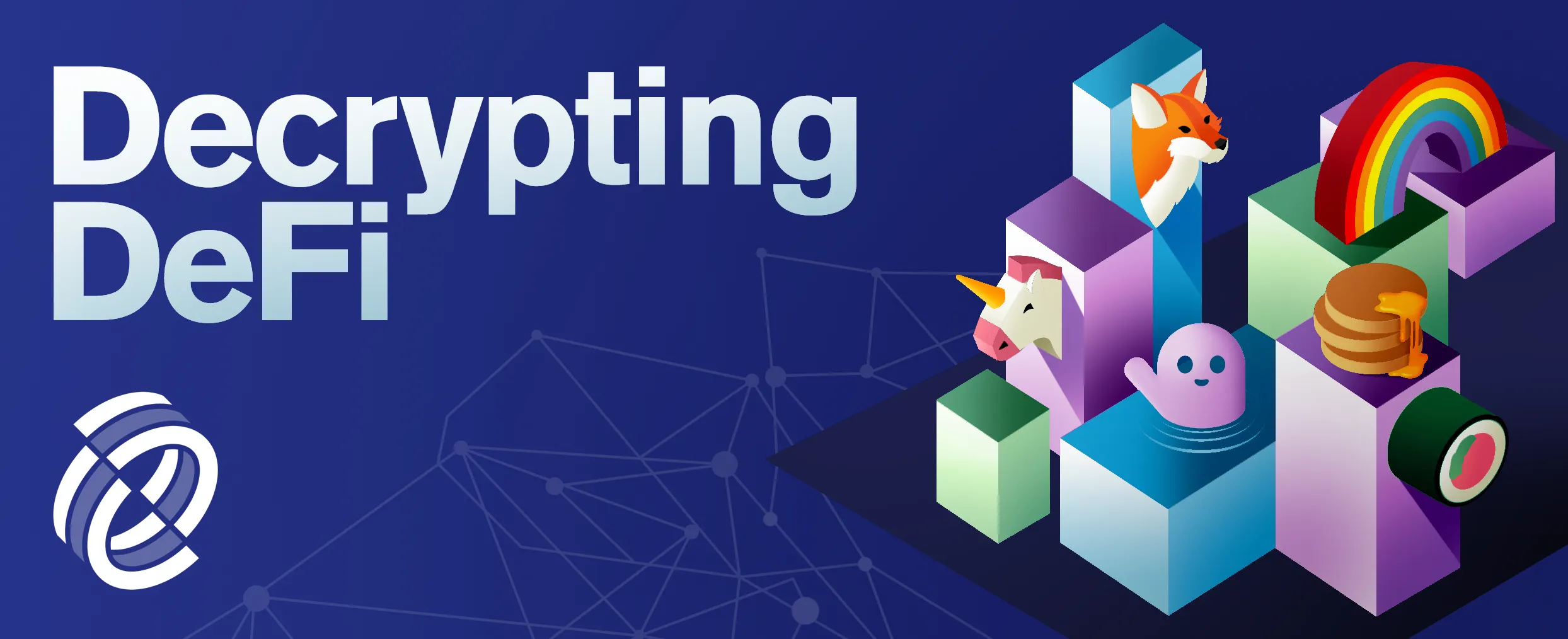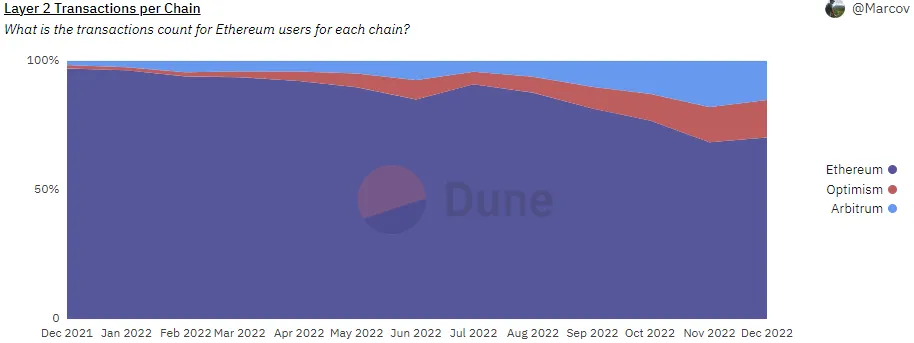
Whether the politicians currently talking tough about the latest crypto crisis agree or not on the matter, crypto isn’t dead (yet). Or at least the crypto that exists outside of a particular three-letter centralized crypto exchange isn’t dead yet.
Along with a harsh lesson for many, the collapse of FTX also presents an interesting question for DeFi (which some argue is the only real crypto thing that currently exists): What would crypto look like without exchanges?
Let’s first unpack the component parts, or rather the consumer services, that the average crypto exchange provides.
First and foremost, it lets folks swap their Bitcoin for Ethereum, their Cardano for Solana, and any multitude of non-compatible cryptocurrencies for one another. It does this for a very reasonable price.
Trades on exchanges are executed quickly, without too many concerns around congestion and so forth. It’s not perfect, though, with plenty of downtime throughout their histories.
Finally, and perhaps most importantly, they make it really easy to connect your bank account to the crypto markets, giving traders convenient on- and off-ramps to pull their chips off the table (or double down).
In a nutshell, we’re talking about interoperability, scalability, and onboarding. And don't forget: they're typically designed to be friendly to crypto newbies.
In the DeFi world, there are some green shoots, but the sector has to come a very long way before it can truly compete in the same arenas and in onboarding newcomers.
Swapping assets
Interoperability has had a brutal 2022. Some of the largest hacks that occurred this year were carried out on bridging services. Badger DAO suffered a $120 million exploit via an exploit to its front end, Wormhole fell to a $326 million attack on its cross-chain bridge, and PolyNetwork lost $611 million for similar reasons.
Not all bridges are built alike, though, and so there’s certainly hope that a robust design will emerge. Hop Protocol is one such example, but it’s limited to Ethereum, Gnosis, and layer-2 solutions. Synapse is another popular cross-chain protocol that connects layer-1 and layer-2 networks. These are just examples, of course, and a bridge is only as trustworthy as its last attack.
Alternatively, THORchain is also working on cross-chain swaps that leverage a slightly different design.
Still, it is currently not nearly as simple to swap non-compatible assets in DeFi as it is on a centralized exchange. And for the normies in the audience, that’s going to remain a huge issue.
Make it snappy
Layer-2 solutions are going to play a key role in assisting non-custodial markets emerge for the masses. It’s quiet around crypto these days, and gas fees are at record lows, but don’t forget: with every bull market or catastrophe, those fees rise a ton.
The below chart shows average gas fees for since this time last year. As the bull market dwindled, so too did these fees. But can you guess when Terra imploded?

Fortunately, layer-2 adoption is happening in a big way.
Measured across values such as how many users are moving from Ethereum to these solutions and how many transactions are happening, the market is growing quickly.
There are over 516,000 different addresses that have moved funds to zkSync, for example. The largest total amount moved between Ethereum to Arbitrum has been 2.08 million ETH, according to Dune Analytics.
The below chart makes this trend a little clearer. If layer-2 solutions were nearly nonexistent this time last year, users are making far more transactions on Optimism and Arbitrum than ever before. And that's only measuring two of the market's products.

Show me the money
The final component here is being able to do any of these actions without needing a trusted intermediary.
Yes, many are fortunate to have access to reasonable banking services from the start, but removing the exchange from the bank-to-exchange-to-smart-
Consider Uniswap’s recent fiat on-ramp launch. Now, when you head over to the decentralized exchange, you can select to use a bank transfer, credit or debit card to buy crypto. Once bought, the crypto is sent directly to a non-custodial wallet of your choice, be that a Ledger hardware solution or your browser wallet.
The solution, powered by MoonPay, is also available on layer-2 networks like Optimism and Arbitrum, so you can move directly over to those speedy layers, too.
Concluding: next year will offer tons of business opportunities for crafty entrepreneurs who find unique ways to tackle each of these problems—or more than one of them at the same time.
As former Netscape CEO Jim Barksdale said, “There are only two ways to make money in business: bundling and unbundling.”
Decrypting DeFi is our DeFi newsletter, led by this essay. Subscribers to our emails get to read the essay before it goes on the site. Subscribe here.

